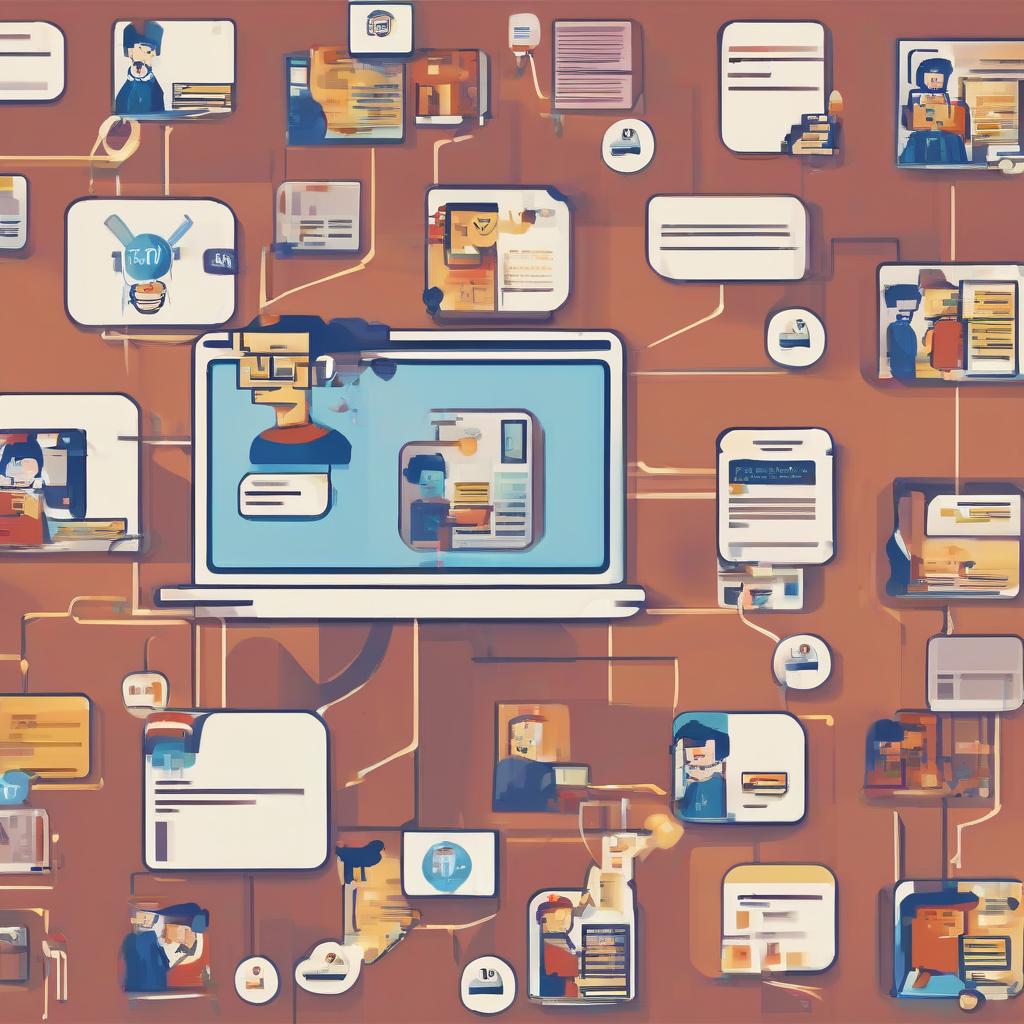GPU Cloud Providers: A Comprehensive Guide

GPU Cloud Providers: A Comprehensive Guide
In today's data-driven world, the demand for computational power is ever-increasing. This is particularly true for applications involving machine learning, deep learning, artificial intelligence (AI), and other computationally intensive tasks. GPU cloud providers offer a solution by providing on-demand access to powerful graphics processing units (GPUs) in the cloud. This allows users to scale their computing resources up or down as needed, without the need for expensive hardware investments. This guide provides a comprehensive overview of GPU cloud providers, their offerings, and the factors to consider when choosing the right provider for your needs.
What are GPU Cloud Providers?
GPU cloud providers are companies that offer cloud-based access to high-performance GPUs. These GPUs are typically used for tasks such as:
- Machine learning and deep learning
- AI development and training
- Scientific computing and simulations
- Video editing and rendering
- Gaming and virtual reality
By leveraging the power of these GPUs in the cloud, users can benefit from:
- Reduced hardware costs: No need to invest in expensive GPUs and infrastructure.
- Scalability: Easily scale computing resources up or down as needed.
- Flexibility: Access GPUs on demand, pay only for what you use.
- Faster performance: Benefit from the power of high-end GPUs.
- Simplified management: No need to manage physical hardware.
Key Features of GPU Cloud Providers
Most GPU cloud providers offer a similar set of features, including:
- GPU types: Access to a variety of GPU types, including NVIDIA, AMD, and Intel, with varying performance levels and pricing.
- Virtual machines (VMs): Pre-configured VMs with specific GPU configurations and software stacks for different workloads.
- Containers: Docker containers pre-configured with GPU drivers and libraries, offering a lightweight and portable environment.
- Pre-trained models: Access to pre-trained models for various tasks, including image recognition, natural language processing, and more.
- Software libraries: Access to popular libraries for machine learning, deep learning, and other GPU-accelerated applications.
- API access: APIs for programmatic access and integration with your applications.
- Monitoring and logging: Tools for monitoring resource utilization and performance metrics.
- Security: Robust security features to protect your data and applications.
Major GPU Cloud Providers
Several major cloud providers offer GPU-powered computing services. Here is a detailed breakdown of some of the most popular options:
Amazon Web Services (AWS)
- Amazon EC2: Offers a wide range of GPU instance types, including NVIDIA A100, V100, and T4.
- Amazon SageMaker: A managed machine learning platform that provides pre-built environments for training and deploying machine learning models.
- Amazon Elastic Inference: Allows you to accelerate machine learning inference tasks on standard EC2 instances.
Google Cloud Platform (GCP)
- Google Compute Engine: Provides GPU-enabled virtual machines with NVIDIA Tesla T4, V100, and A100 GPUs.
- Google AI Platform: A managed machine learning service with tools for training and deploying models at scale.
- Google Cloud TPU: A custom ASIC designed for machine learning workloads, offering significant performance advantages.
Microsoft Azure
- Azure Virtual Machines: Offers a range of GPU-powered virtual machines with NVIDIA GPUs.
- Azure Machine Learning: A managed machine learning service with tools for training and deploying models.
- Azure Cognitive Services: Provides pre-built AI models for various tasks, including image recognition, natural language processing, and more.
Other GPU Cloud Providers
Besides the major cloud providers, several other companies offer GPU-powered computing services. Some of these include:
- Paperspace: Specializes in providing GPU-powered cloud computing for machine learning and AI development.
- Vast.ai: Offers a marketplace for GPU-powered computing resources, allowing users to access a wide range of GPU types.
- CoreWeave: Provides a platform for high-performance computing, with a focus on GPUs.
Factors to Consider When Choosing a GPU Cloud Provider
Selecting the right GPU cloud provider depends on your specific needs and requirements. Here are some factors to consider:
- GPU type and performance: Choose a provider that offers the GPU type and performance level you need for your specific workload.
- Pricing: Compare pricing models from different providers and consider the cost of GPU usage, storage, and other services.
- Scalability: Ensure the provider can scale your resources up or down as needed to meet your workload demands.
- Software support: Choose a provider that supports the software libraries and tools you need for your projects.
- Security: Ensure the provider has robust security measures in place to protect your data and applications.
- Customer support: Consider the provider's level of customer support and the availability of documentation and tutorials.
Benefits of Using GPU Cloud Providers
Utilizing GPU cloud providers offers several advantages for businesses and individuals alike:
- Reduced hardware costs: Eliminate the need for upfront hardware investments and pay only for what you use.
- Increased flexibility: Easily scale your computing resources up or down as needed, allowing you to adjust to changing demands.
- Improved performance: Benefit from the power of high-end GPUs, accelerating your workloads and delivering faster results.
- Enhanced productivity: Focus on developing your applications and models without having to manage complex hardware.
- Faster time to market: Quickly deploy and scale your applications without the need for long hardware procurement processes.
Conclusion
GPU cloud providers offer a compelling solution for organizations and individuals seeking access to powerful computing resources without the need for large upfront investments. With the ever-increasing demand for computational power, GPU cloud providers are poised to play a significant role in the future of technology, enabling innovation and accelerating the development of new applications and solutions in fields such as AI, machine learning, and scientific computing.
What's Your Reaction?

















